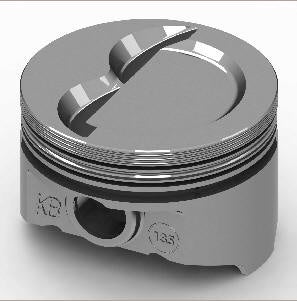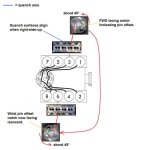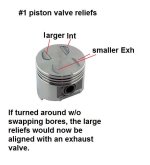Joe, using a SBC for example (if I may) ...... my point is/was..... with a piston like this, it's ambidextrous with regard to the cylinder bores.
The valve reliefs are equal in size, so one piston p/n fits all 8 bores....... "F" symbol facing forward for LH rotation.
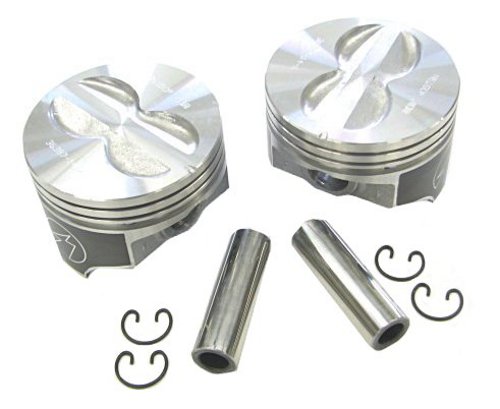

With this style single valve relief "quench" piston (equal sized reliefs), 2 p/n's are required.... right bank... left bank...... "F" symbol facing forward for LH rotation.

With this style single valve relief "quench" piston (unequal sized valve reliefs) 4 p/n's are required...... 2 each right bank... 2 each left bank...... "F" symbol facing forward for LH rotation.

With a LCQ (LCQ = low compression quench) style piston (with unequal sized valve reliefs), 4 p/n's are required...... "F" symbol facing forward for LH rotation.

This is due to the valve orientation of the SBC cylinder heads ........ of which is similar to the 318/360 cylinder heads.
Exh/Int/Int/Exh/Exh/Int/Int/Exh
If this was a 5.0L or 5.8L Ford valve arrangement, things would be quite different.
Here we see Exh/Int/Exh/Int/Exh/Int/Exh/Int.
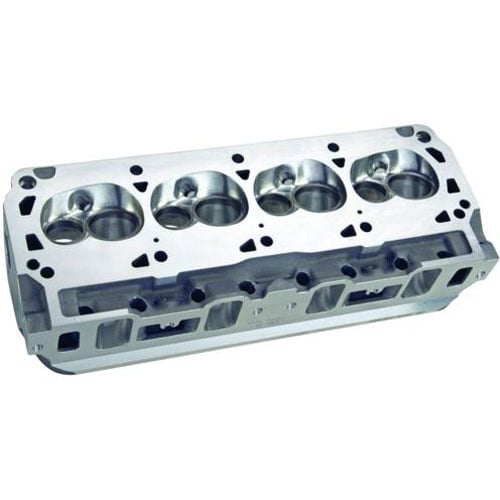
Point being.... look carefully at your valve reliefs while you are turning the pistons around as to correct the wrist pin offset for a REV RH Rotation.
IOW, it may not be as simple as turning #1 around and re-installing on #2 connecting rod.
Your machinist/engine builder will know exactly what to do.
BTW, I'm fairly certain that your 318 connecting rods are directional within one crankshaft journal.
If so, this is why you can't simply flip them around.
Perhaps Jeff could confirm this one way or the other.

.





